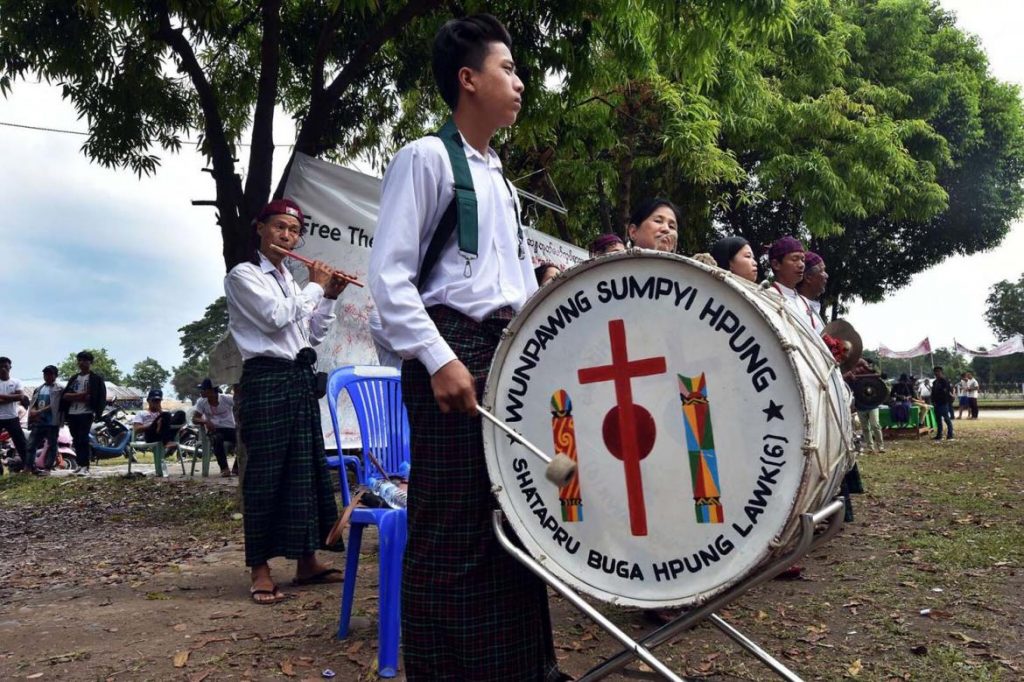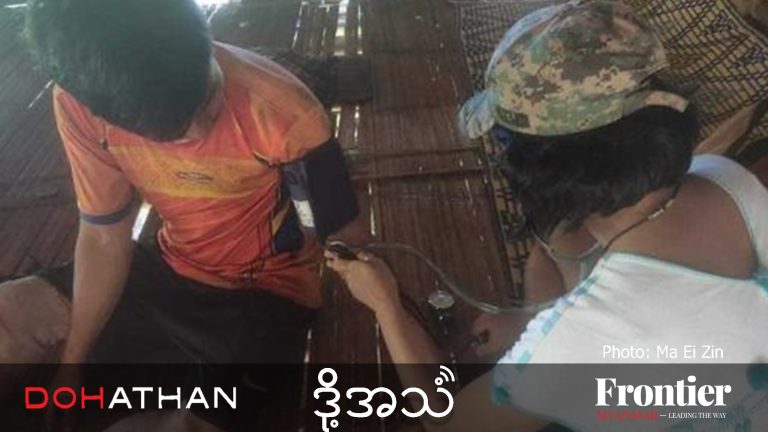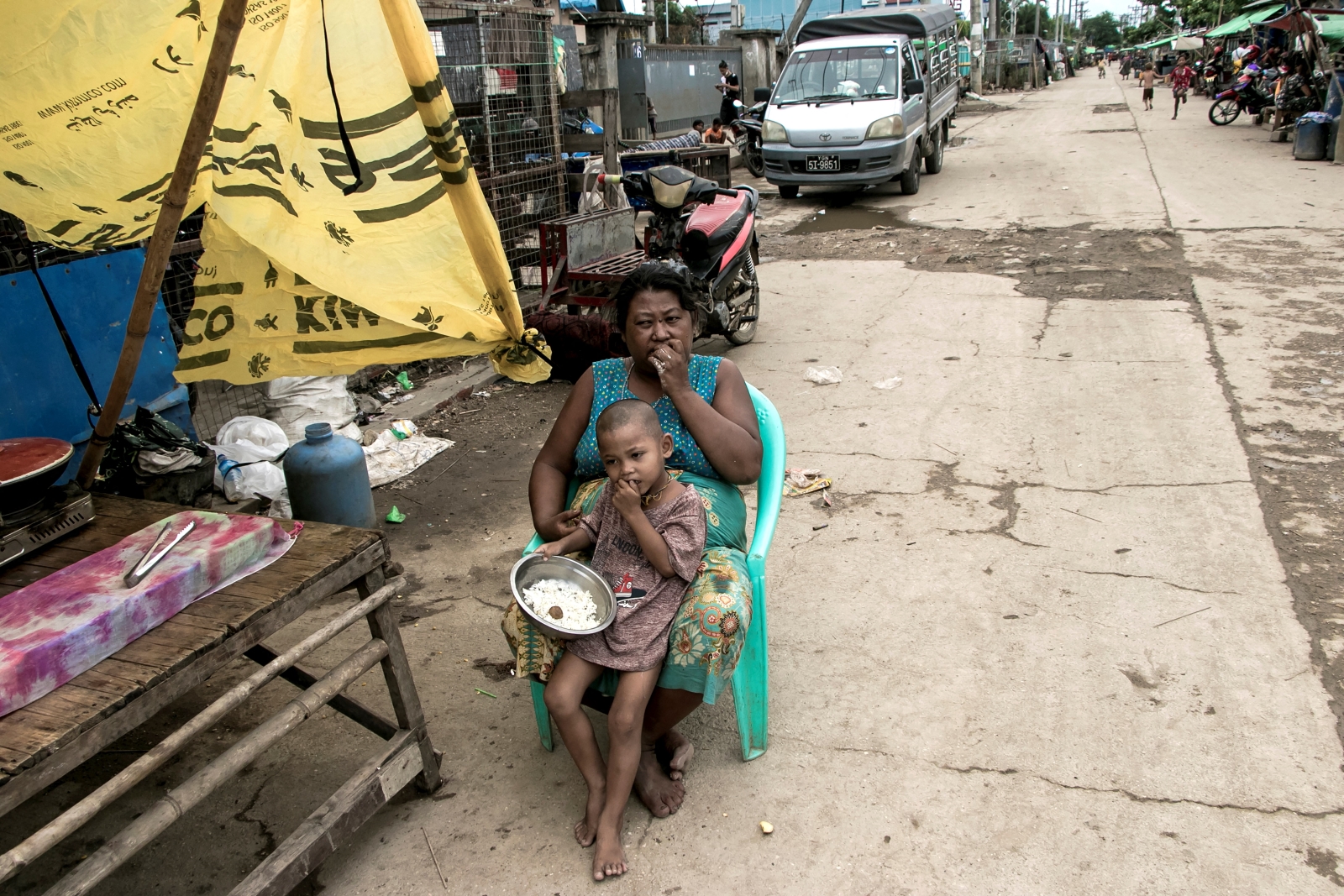The government and the Tatmadaw need to review their approach to the peace process to help to ensure that it can be a success.
By SITHU AUNG MYINT | FRONTIER
HEAVY FIGHTING in Kachin State between the Tatmadaw and the Kachin Independence Army has left high casualties on both sides and forced thousands of civilians to flee their homes. The escalation of hostilities in Kachin comes amid strains in relations between the Tatmadaw and ethnic armed groups that have signed the Nationwide Ceasefire Agreement.
Meanwhile, the peace process is in trouble. The conferences launched by State Counsellor Daw Aung San Suu Kyi after the National League for Democracy took power in March 2016 are in difficulty. The first 21st Century Panglong-Union Peace Conference convened in Nay Pyi Taw in August 2016 and was due to be followed by similar gatherings every six months. However, the second conference did not take place until May 2017 and the third has been repeatedly postponed. The situation raises two questions. What are the main reasons for the lack of progress in the peace process and how may they be overcome?
Any assessment of the peace process aimed at determining whether it is making progress, standing still or going backwards needs to take into account three sets of relationships involving the government and the Tatmadaw. They are the relationship with the 10 signatories of the NCA, with non-signatory groups such as the KIA, and with groups such as the United Wa State Army and National Democratic Alliance Army, which have also refused to sign the ceasefire accord.
In Kayin State, there have been clashes since March between the Tatmadaw and the Karen National Liberation Army, armed wing of the Karen National Union, which was among the first eight groups to sign the NCA in October 2015. The fighting has been over Tatmadaw plans to upgrade a 15-mile (24-kilometre) road between two villages in Papun Township.
Support more independent journalism like this. Sign up to be a Frontier member.
The Tatmadaw says the upgrade will contribute to local development and improve its communications and administration in the area. It says the KNLA’s Division 5 was informed in advance of its plans 11 times. Without mentioning if it had received the KNLA’s approval, the Tatmadaw said in a statement that the upgrade began on March 4.
Fighting began immediately. On April 5, Karen sources reported that an aid worker with the Mutraw (Papun) Emergency Assistance Team was shot dead by the Tatmadaw while he was walking home after a community meeting. MEAT said the victim was a civilian.
The Tatmadaw said he was a member of the KNLA who was trying to lay land mines when he was shot. It said explosives were found with him. The fighting is reported to have displaced several villages. Trust in the NCA among the KNU and the Karen is reported to be evaporating.
Relations have also deteriorated between the Tatmadaw and NCA signatories, the Restoration Council of Shan State-Shan State Army (South) and the New Mon State Party, over the national-level political dialogue meetings that are an essential element of the peace process. In January, the RCSS said it was postponing indefinitely plans for further public consultation meetings in Shan State because of Tatmadaw interference.
The NMSP has also encountered problems trying to arrange public consultations in Mon State because of objections from the Tatmadaw. The NMSP managed to hold one such meeting on territory under its control. Negotiations are continuing between the government and the NMSP to try to resolve the issue. These are also issues that do not augur well for the future of the peace process.
In Kachin State, peace and a return to normal life seem far away after the latest fierce fighting. It has included a surprise attack by the KIA on a Tatmadaw post that claimed the lives of an officer and some soldiers. The KIA also sabotaged a bridge on the road between the state capital, Myitkyina, and Putao, laid mines and cut Tatmadaw communication lines. The Tatmadaw, using air strikes and heavy artillery, has launched area-clearing operations and overrun KIA camps. Resolving the situation is difficult because a 1994 ceasefire agreement between the KIA and the Tatmadaw collapsed in 2011.
Meanwhile, there’s been little improvement in relations between the Tatmadaw and the Wa and Mongla groups, both based on territory bordering China, which have resisted pressure from the military and the government to sign the NCA, despite encouragement from Beijing. The two groups are also insisting that they negotiate collectively with the government and the Tatmadaw. Negotiations are at an impasse and are unlikely to resume any time soon.
Taking all these developments into consideration, it is clear that the peace process is in serious trouble. If Myanmar is to achieve peace through the current process then the Tatmadaw needs to carefully review its stand. If the Tatmadaw is genuine in desiring peace, it needs to offer some undertakings that help to move the process forward.
In January 2016, months before the National League for Democracy took office, Daw Aung San Suu Kyi declared that achieving peace would be her government’s first priority. Despite her efforts, the peace process has stumbled. The State Counsellor and the NLD also need to review the process and address any shortcomings as part of an all-out effort to achieve peace.







